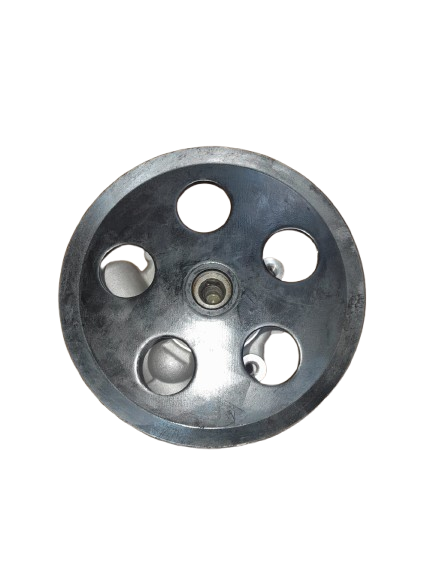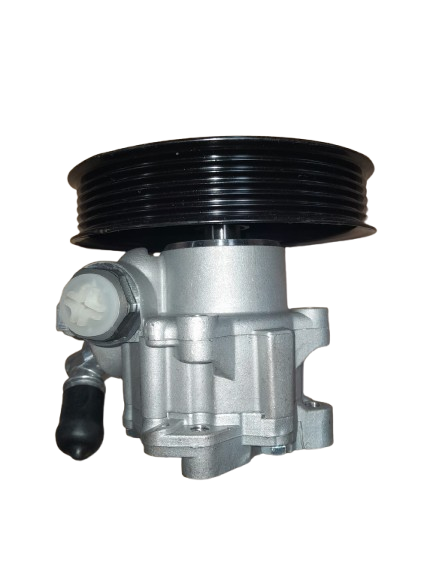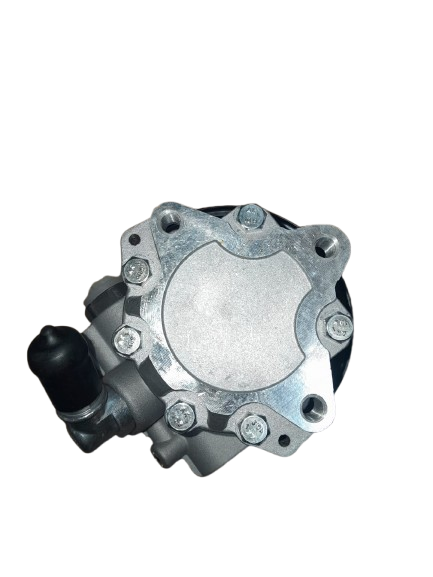


Overview
The Audi A4 Power Steering Pump is a crucial component of the vehicle’s hydraulic power steering system, designed to provide effortless steering performance and ensure a comfortable and controlled driving experience. Found in both older and newer models of the Audi A4, this pump plays a central role in generating the hydraulic pressure needed to assist the driver in turning the steering wheel with minimal effort.
Function and Importance
The power steering pump is responsible for circulating power steering fluid from the reservoir to the steering gear, allowing for responsive and smooth steering. When the steering wheel is turned, the pump ensures that the pressurized fluid reaches the steering rack or gearbox, thus reducing the physical effort required by the driver.
In the Audi A4, known for its precise handling and performance, the power steering pump contributes significantly to the vehicle’s overall driving dynamics. Without a properly functioning pump, the steering can become heavy, unresponsive, or noisy, leading to a diminished driving experience and potential safety risks.
Construction and Materials
Typically made from high-strength aluminum or cast iron, the Audi A4 power steering pump is built for durability and long-term performance. Internally, it houses a rotor, vanes, and cam ring, which work together to generate hydraulic pressure. The pump is driven by a belt connected to the engine, and its design varies slightly depending on the model year and engine configuration (e.g., 1.8T, 2.0T, or 3.2 V6).
Common Symptoms of Failure
A failing power steering pump may exhibit several symptoms, including:
- Whining or groaning noises when turning the wheel
- Increased steering effort, especially at low speeds
- Power steering fluid leaks
- Inconsistent or jerky steering response
Replacement and Compatibility
When replacing the power steering pump in an Audi A4, it is essential to choose a unit that matches the specific year, engine size, and steering configuration. OEM (Original Equipment Manufacturer) parts or high-quality aftermarket options are recommended to maintain performance and reliability. Proper installation and fluid bleeding are also critical to ensure optimal operation.
